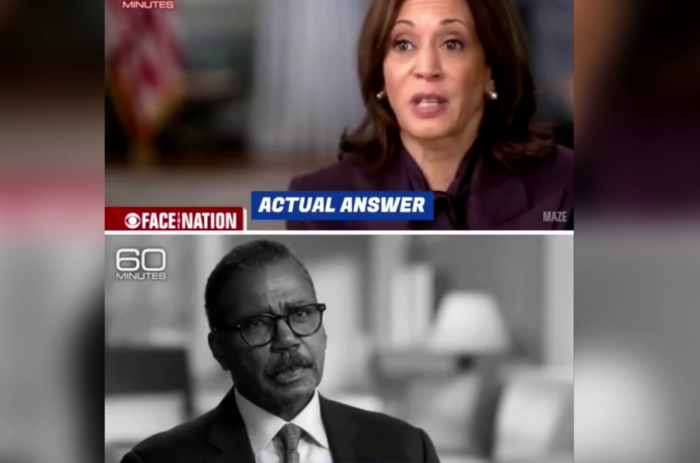redo Jump to...
print Print...
Directions
-Read the excerpt below from Dave Pierre posted at Newsbusters.org on Jan. 21.
-Read "Types of Media Bias" in the right column. Then answer the questions.
Today (Sunday, January 21, 2007), the Los Angeles Times toasted Sen. Hillary Clinton’s entrance into the 2008 race. Her announcement of a presidential exploratory committee was met with a whopping 2,050-word, front-page article (“Clinton joins 2008 race for president“) (see image).
[On Wednesday, Jan. 17] the Times celebrated Sen. Obama’s announcement of an exploratory committee with front-page treatment, accompanying photos, and a generous 1,469 words.
But how has the Times been treating similar announcements by Republicans?
On Nov. 14, 2006, when the Times reported the exploratory committee formed by Rudy Giuliani, it was buried on p. A26 with a puny 353 words.
Sen. John McCain’s exploratory committee? Nov. 16, 2006, p. A19, 993 words.
Gov. Mitt Romney and his exploratory committee? Jan. 4, 2007, p. A7, 581 words.
Sen. Sam Brownback? On Dec. 5, 2006, after Brownback announced his exploratory committee: p. A20 and 833 words. Brownback officially enters the race: Jan. 21, 2007, p. A21 and 414 words.
In other words, no Republican contender has gotten nearly the coverage that Democrats have gotten. [Note: Democrat John Edwards was not given the front-page treatment by the Times. However, on Dec. 29, 2006, the paper showered him with 1,246 words on p. A14 with an accompanying photo and “infobox” highlighting his personal and career information. And if you currently read the article still at the Times website (here), the paper generously provides an AP video of Edwards making his announcement in New Orleans.]
………………………….
Go to NewsBusters.org for the complete report.
To accurately identify different types of bias, you should be aware of the issues of the day, and the liberal and conservative perspectives on each issue.
Types of Media Bias:Questions
Which type of bias best describes the LA Times’ coverage of presidential candidates?
Scroll down to the bottom of the page for the answers.
Answers
The LA Times’ coverage of presidential candidates is an example of bias by placement – Story placement is a measure of how important the editor considers the story. Studies have shown that, in the case of the average newspaper reader and the average news story, most people read only the headline. Bias by placement is where in the paper or in an article a story or event is printed; a pattern of placing news stories so as to downplay information supportive of conservative views. To locate examples of bias by placement, observe where a newspaper places political stories.



